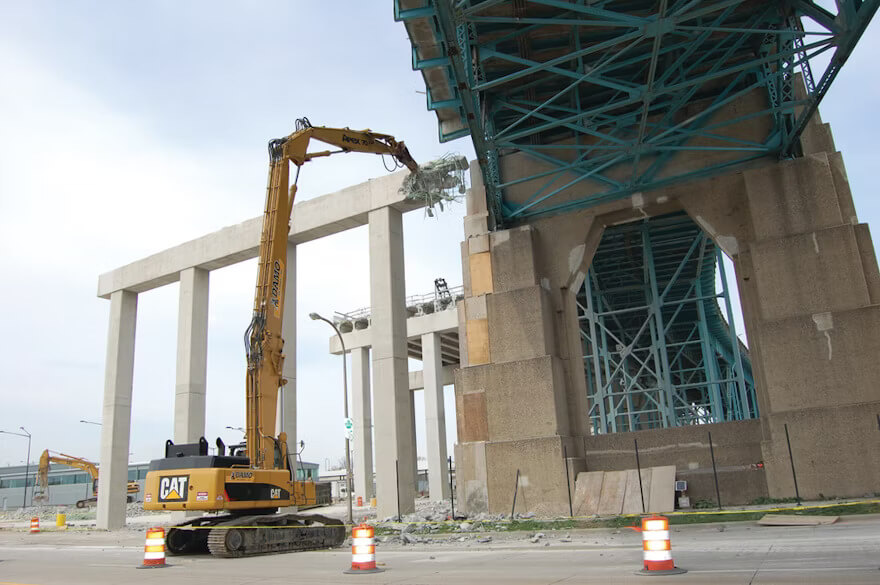Understanding Nitrogen Breakers: Importance, Functionality, and Maintenance
Introduction
Hydraulic breakers are essential tools in construction and demolition, designed to efficiently break through tough materials like reinforced concrete slabs. A critical component that enhances the performance of these hydraulic breakers is nitrogen, which plays a vital role in their operation and maintenance. This article delves into the significance of nitrogen in hydraulic breakers, how to charge them, and the importance of proper maintenance.
The Role of Nitrogen in Hydraulic Breakers
Nitrogen serves as a key element in hydraulic breaker accumulators, which store energy needed for the breaker to function effectively. The long piston stroke of nitrogen breakers, combined with a unique valve design, maximizes impact energy while minimizing recoil. This setup not only enhances the breaker’s efficiency but also reduces damage to the hydraulic components of the carrier.
When a hydraulic breaker is in use, hydraulic fluid is pumped into an accumulator that is pre-charged with nitrogen. This stored nitrogen maintains the pressure necessary for the hydraulic breaker to deliver powerful blows. The blow strength of the hydraulic breaker is directly influenced by the nitrogen content, making it essential for achieving optimal performance.
Why Nitrogen Charging Matters
Regular nitrogen charging is crucial for maintaining the operational efficiency of hydraulic breakers. Insufficient nitrogen pressure can lead to inadequate oil pressure in the pipelines, resulting in decreased performance and potential malfunctions. It is recommended to check and maintain the nitrogen charge weekly or after every 50 hours of operation.
Charging kits, which typically include a pressure gauge and air hose, are available for various popular hydraulic breaker brands. Proper charging not only ensures maximum impact energy but also extends the lifespan of the hydraulic breaker.
How to Charge a Hydraulic Breaker with Nitrogen
Charging a hydraulic breaker with nitrogen involves a few straightforward steps:
-
Safety First: Before starting, ensure that you’re wearing appropriate safety gear and that the hydraulic breaker is turned off.
-
Connect the Charging Kit: Attach the nitrogen charging kit to the Schrader valve of the hydraulic breaker.
-
Check Pressure: Use the pressure gauge to check the existing nitrogen pressure. The recommended pressure varies by model, so consult the manufacturer’s specifications.
-
Add Nitrogen: If the pressure is below the recommended level, slowly add nitrogen until the desired pressure is reached. Monitor the pressure continuously during this process.
-
Secure the Valve: Once the optimal pressure is achieved, disconnect the charging kit and securely close the Schrader valve.
-
Test the Breaker: Finally, conduct a test to ensure that the hydraulic breaker is functioning correctly.
Common Causes of Hydraulic Breaker Malfunctions
Several factors can contribute to malfunctions in hydraulic breakers:
- Insufficient Nitrogen Pressure: Regularly check and maintain nitrogen levels to avoid performance issues.
- Inadequate Oil Pressure: Ensure that the hydraulic system is adequately lubricated and pressurized.
- Environmental Conditions: Local weather conditions and the hardness of the material being worked on can affect operation.
Conclusion
In conclusion, nitrogen is an integral component of hydraulic breakers, significantly impacting their performance and longevity. Regular maintenance, including nitrogen charging, is essential for ensuring that these powerful tools operate at peak efficiency. By understanding the importance of nitrogen in hydraulic breakers and following proper charging procedures, users can enhance the effectiveness of their equipment and tackle tough demolition tasks with confidence.




































